10 Key Facts You Need to Know About Kampala’s Property Market in H1 2025

10 Key Facts You Need to Know About Kampala’s Property Market in H1 2025
Uganda’s real estate market in the first half of 2025 tells a story of shifting demand patterns, resilient industrial growth, cautious residential landlords, and a retail sector slowly finding its rhythm again.
Knight Frank’s Kampala Market Performance Review for January–July 2025 unpacks the major trends shaping the residential, office, retail, and industrial segments.
Whether you’re looking to invest in Uganda’s real estate, secure your next rental, or finance property developments, understanding Kampala’s market dynamics has never been more critical.
The first half of 2025 revealed a sector in transition—driven by shifting tenant demographics, evolving lifestyle preferences, and distinct performance swings across different asset classes.
Knight Frank’s latest review offers a data-rich snapshot of where the opportunities lie, where caution is warranted, and which forces will define the months ahead.
From falling prime residential occupancy and the rise of Asian expatriate demand to the resilience of industrial assets and the revival of retail footfall, these insights provide a clear guide for anyone making decisions in the city’s property space.
Here are the 10 essential facts and figures you need to know:
- Prime residential occupancy fell to 80%
Kampala’s prime residential market softened as new supply met changing demand. Occupancy levels dipped by 1% to 80%, continuing a gradual slide from recent highs.
This was largely due to a contraction in demand from Western expatriates, hit by donor funding cuts such as the USAID freeze.
- Rents for two-bedroom units dropped by 7%
Average rents for prime two-bedroom apartments fell by 7%, while three-bedroom rates held steady for the third consecutive period.
The rental dip was linked to increased supply, tenant price sensitivity, and a market shift toward competitively priced, modern units.
- Asian expatriates are reshaping demand
Growing numbers of Asian professionals—particularly from China and South Korea—are taking a larger share of the expatriate rental market.
Their preferences lean toward “modern, functional apartments that are competitively priced and strategically located,” often in secondary suburbs near business hubs.
- Secondary suburbs are on the rise
Areas such as Ntinda, Kigo, Kyanja, and Muyenga recorded growth in both long-term occupancy and short-stay listings.
Airbnb growth in Kampala has surged by 37% over the past three years, though oversupply has pushed daily rates for one-bedroom units down to $40–$50 and occupancy below 50%.
- Office sector occupancy slid further
The commercial office sector faced continued pressure, with Grade A occupancy falling by 5% and Grade AB by 2%. New completions outpaced tenant absorption.
Leasing demand was concentrated in smaller spaces, with activity driven by consulting, ICT, and professional services.
- Suburban offices and condo-style formats gaining ground
There’s a noticeable shift from traditional CBD offices toward suburban and condominium-style office spaces.
These formats offer ownership flexibility and proximity to emerging business nodes outside the central district.
- Retail bounced back with 13% more shopper visits
The retail sector staged a modest recovery in H1 2025. Shopper footfall rose 13%, grocery turnover increased 8% year-on-year, and mall occupancy in Knight Frank-managed properties improved by 2%.
New international brands, in-mall events, and infrastructure improvements helped boost consumer activity.
- Industrial property remains the most resilient segment
The industrial sector maintained occupancy levels above 80%, with warehouse rents holding steady at $3–$7 per sqm/month. Demand came from agro-processing, FMCG, and manufacturing.
New developments emerged in Nalukolongo and Namanve, supported by tax incentives in the 2025 Uganda Tax Amendment Act and ongoing infrastructure upgrades like the Standard Gauge Railway.
- Outlook: tenant-favourable conditions will persist
As Uganda heads into the 2026 elections, Knight Frank sees cautious optimism. Tenant-friendly conditions—especially in the residential and office sectors—are expected to continue through H2 2025.
Market adaptability, infrastructure delivery, and alignment with evolving tenant expectations will be key performance drivers.
- Gated community living goes mainstream
Once a niche option, gated community living is becoming increasingly popular among both expatriates and affluent Ugandans.
Suburbs such as Lubowa, Naalya, Kira, Najjera, and Muyenga are in high demand, driven by improved infrastructure, better security, and access to fibre-optic internet.
Overall, the first half of 2025 paints a picture of a Kampala property market in transition—shaped by shifting expatriate demographics, evolving lifestyle preferences, and sector-specific resilience.
While donor funding cuts and oversupply in some segments have created challenges, opportunities remain for developers and landlords who adapt to the new reality: competitively priced, well-located, and amenity-rich properties will win the race for occupancy.
With infrastructure upgrades continuing and election-year caution on the horizon, agility and market alignment will be the key differentiators in the months ahead.
Share this content:

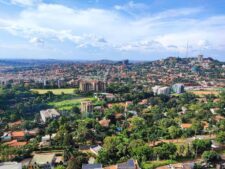 Trump Aid Cuts Reshape Kampala’s Housing Market Demand as Asian Expatriates Overtake Western Tenants
Trump Aid Cuts Reshape Kampala’s Housing Market Demand as Asian Expatriates Overtake Western Tenants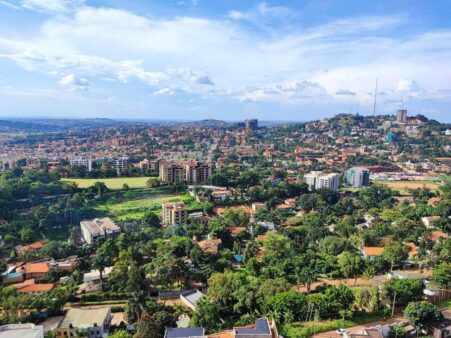

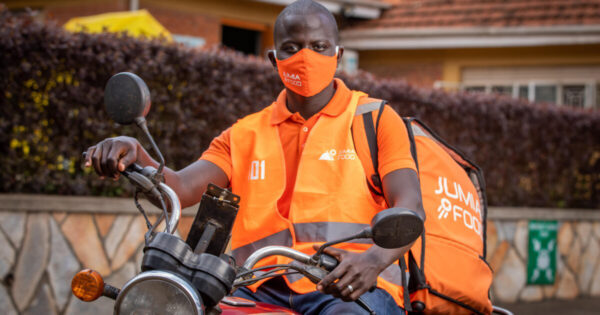
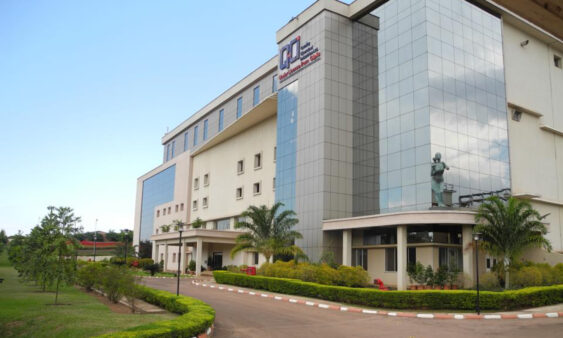
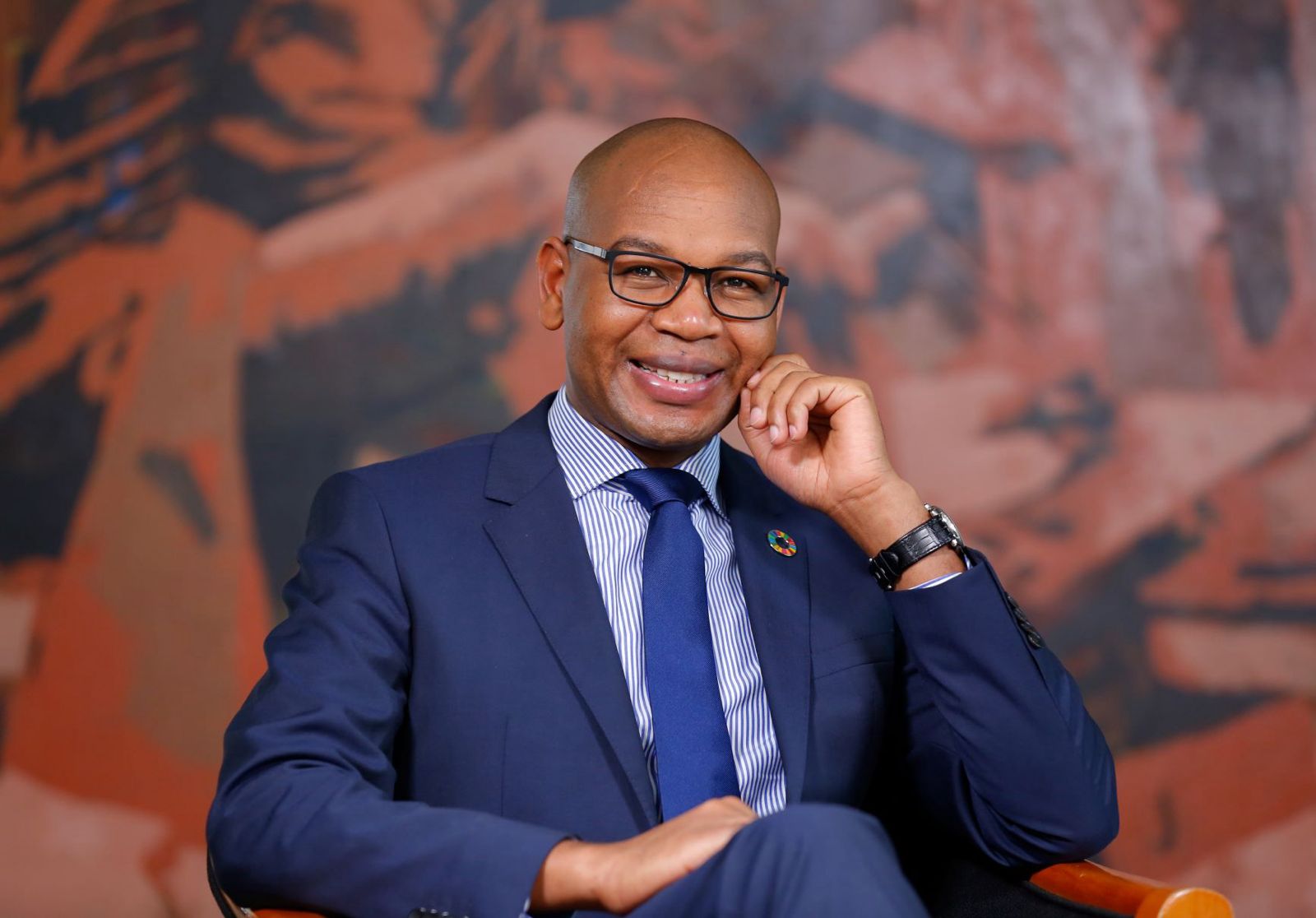
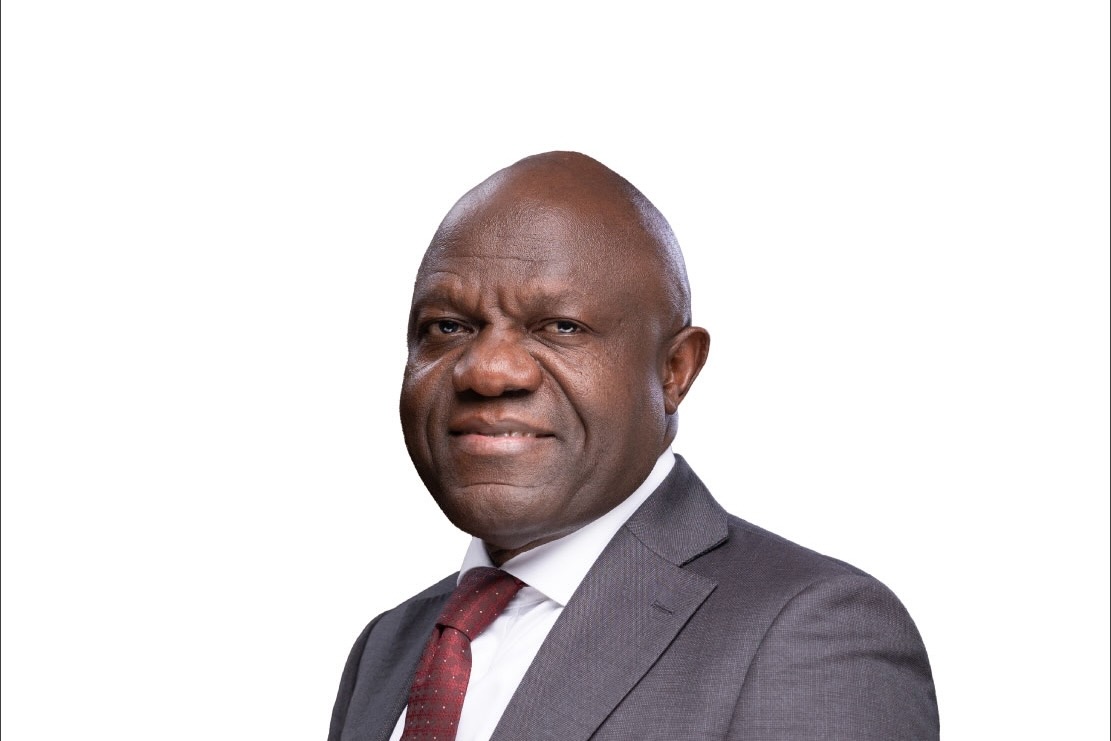
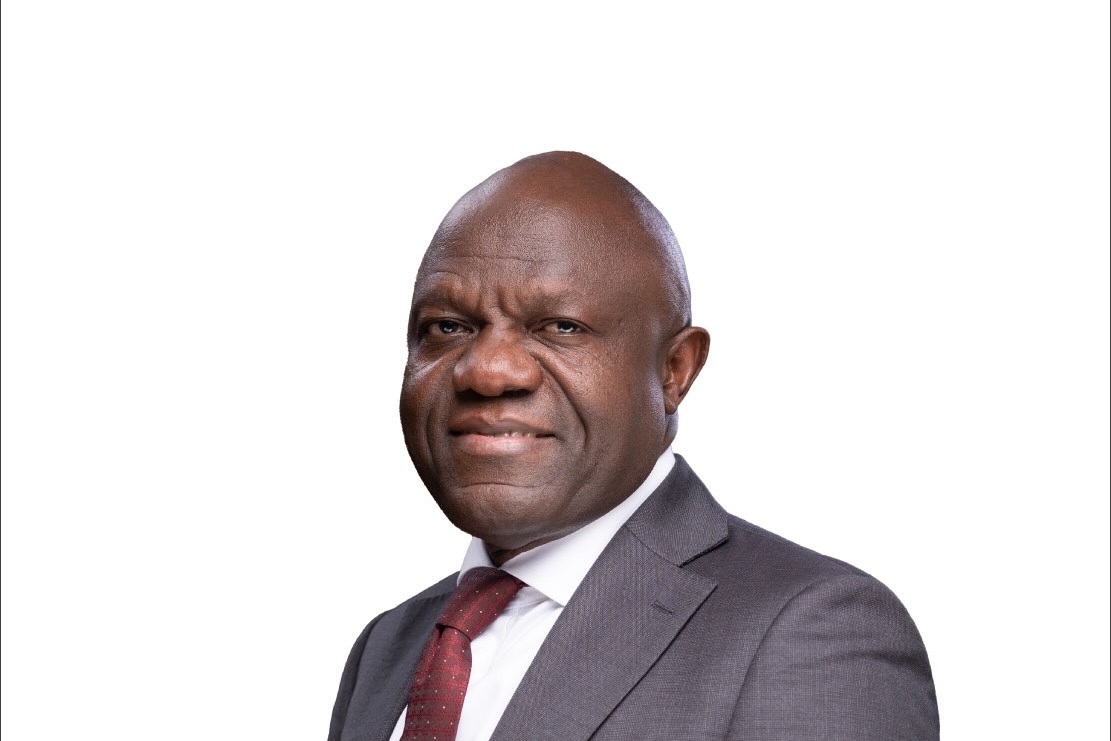

Post Comment